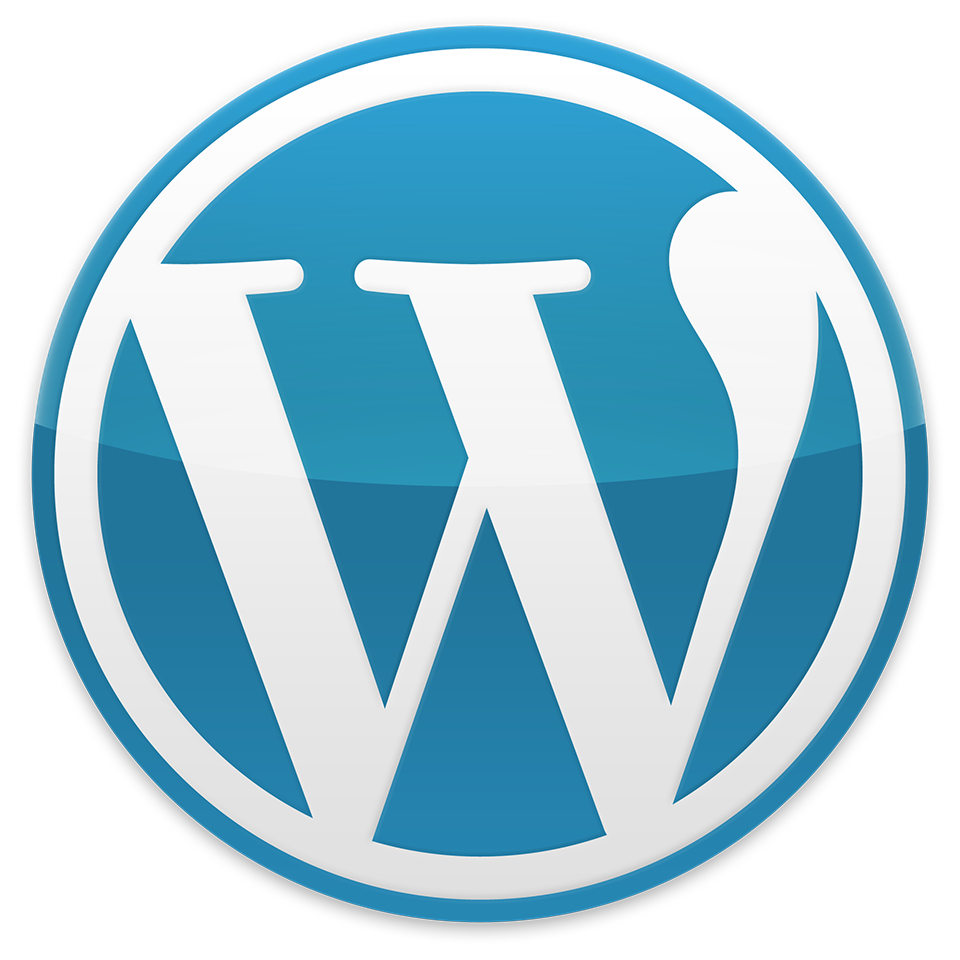WordPress is an open source blog tool and publishing platform powered by PHP and MySQL. It’s often customized into a Content Management System (CMS). It has many features including a plug-in architecture and a template system. WordPress is used by over 16.7% of Alexa Internet’s “top 1 million” websites.
It was first released on May 27, 2003, by Matt Mullenweg as a fork of b2/cafelog.
As of December 2011, version 3.0 had been downloaded over 65 million times and as of August 2011 WordPress manages 22% of all new websites.Wikipedia
WordPress Features
– The WordPress Core is the engine powering your website: from the administrative back end, basic page and post content management, navigational structures (menus) to the inclusion of widgets in your sidebar or footer.
– The WordPress Template Engine allows you to “skin” your website and to apply a custom theme to the underlying engine. Your custom WordPress them is responsible for what your website visitor sees on the front end: the colors, position of your layout’s elements, and any and all formatting specified in included style sheets.
Advanced themes sometimes have extensive administrative options that allow you – with few clicks of your mouse – to customize and change every little aspect of your website: What will be displayed, where it will displayed, who can see it and how users can interact with your website is defined in a theme’s underlying code.
– With the help of the WordPress Plugin System you can further enhance your website’s look and feel, as well as its functionality – and you can turn it on and off with a simple click of the mouse. The Plugin System allows to implement certain functionality to any WordPress website by simply adding it to every website you want to use it on.
More information about WordPress Web Design:
WordPress Website Design »
WordPress Customization & WordPress Plugin Development »

